Intended Use
Agar Medium S (R2A Agar) (DM574E) is recommended for heterotrophic plate count of treated potable water using longer incubation periods, in compliance with EP.
Product Summary and Explanation
R2A Agar is used R2A Agar was developed by Reasoner and Geldreich(1) for bacteriological plate counts of and for sub culturing isolates from treated potable water using longer incubation periods as per European Pharmacopoeia 2008.(1,2)
When compared with nutritionally rich media, R2A Agar has been reported to improve the recovery of stressed and chlorine-tolerant bacteria from drinking water systems.(3-5) It is recommended for pour plate, spread plate and membrane filter techniques for heterotrophic plate counts.(6,7) Plate count recommended for the bacterial examination of potable waters, gives an estimate of the aerobic and facultatively anaerobic bacteria, which grow best at 35°C on a rich medium.(8) However these organisms may represent a small number of total bacteria as other bacteria are either unable to grow under these conditions, or grow very slowly which cannot be detected in 48 hours.
R2A Agar is modified for better recovery of these bacteria from treated waters under different incubation conditions.(4 ) Many bacteria which contain limited nutrients at ambient temperature from natural waters grow best on the media with less nutrient levels. Their growth is better at the temperatures below the routine laboratory incubation temperatures of 35 to 37°C.
Principles of the Procedure
Agar Medium S (R2A Agar) is a low nutrient medium consisting of less casein hydrolysate, proteose peptone, yeast extract and glucose as compared to Standard Methods Agar. This medium allows the growth of stressed, injured and chlorine tolerant bacteria present in treated waters due to the presence of pyruvate and starch. Dipotassium hydrogen helps to balance the pH and provide phosphate. Magnesium sulfate is a source of divalent cations and sulfate.
Formula / Liter
| Ingredients | : Gms / Liter |
| Casein hydrolysate | : 0.50 |
| Yeast extract | : 0.50 |
| Proteose peptone | : 0.50 |
| Glucose | : 0.50 |
| Starch | : 0.50 |
| Dipotassium hydrogen phosphate | : 0.30 |
| Magnesium sulphate anhydrous | : 0.024 |
| Sodium pyruvate | : 0.30 |
| Agar | : 15.00 |
| Final pH: 7.2 ± 0.2 at 25°C | |
| Formula may be adjusted and/or supplemented as required to meet performance specifications | |
Precautions
1. For Laboratory Use only.
2. IRRITANT. Irritating to eyes, respiratory system, and skin.
Directions
1. Suspend 18.12 grams of the medium in one liter of distilled water.
2. Heat to boiling, to dissolve the medium completely
3. Autoclave at 121°C, 15 psi pressure, for 15 minutes / validated cycle.
4. DO NOT OVERHEAT.
5. Mix well and pour into sterile Petri plates.
Quality Control Specifications
| Dehydrated Appearance | : Cream to yellow homogeneous free flowing powder |
| Prepared Medium | : Light yellow coloured clear to slightly opalescent gel forms in Petri plates |
| Reaction of 1.81% Solution | : pH 7.2 ± 0.2 at 25°C |
| Gel Strength | : Firm, comparable with 1.5% Agar gel |
Growth Promotion Test
As per European Pharmacopoeia.
Expected Cultural Response: Cultural characteristics observed *by using standard ATCC cultures after an incubation at 30-35°C for 24-72 hours.
| Sr. No. |
Organisms | Results to be achieved | |||
| Inoculum (CFU) |
Growth | Observed Lot value (CFU) |
Recovery | ||
| 1. | Candida albicans ATCC 10231 | 50-100 | good-luxuriant | 25-100 | >=70% |
| 2. | Enterococcus faecalis ATCC 29212 | 50-100 | good-luxuriant | 25-100 | >=70% |
| 3. | Salmonella Enteritidis ATCC 13076 | 50-100 | good-luxuriant | 25-100 | >=70% |
| 4. | Salmonella Typhi ATCC 6539 | 50-100 | good-luxuriant | 25-100 | >=70% |
| 5. | Escherichia coli ATCC 8739 | 50-100 | good-luxuriant | 25-100 | >=70% |
The organisms listed are the minimum that should be used for quality control testing.
Test Procedure
1. Water samples should be collected as described in StandardMethods for the Examination of Water and Wastewater, Section 9060A.
2. To minimize changes in bacterial population, water samples should be tested as soon as possible, but at least within six hours of collection if the sample has not been refrigerated or within 30 hours if refrigerated.
3. Prepare test dilutions for heterotrophic plate count.
4. Plate the test sample and dilutions by the spread plate, pour plate or membrane filter method. Do not exceed 1 mL of sample or dilution per spread or pour plate. The volume of test sample to be filtered for the membrane filter technique will vary.
5. Maintain proper humidity during prolonged incubation:
| Incubation Temperature | Minimum Incubation Time3 | Optimal Incubation Time3 |
| 35°C | 72 hours | 5-7 days |
| 20 or 28°C | 5 days | 7 days |
Results
1. Count colonies on spread or pour plates demonstrating 30 – 300 colonies per plate or 20 – 200 colonies when using the membrane filter method. Compute bacterial count per mL of sample by multiplying the average number of colonies per plate by the reciprocal of the appropriate dilution.
2. Report counts as colony forming units (CFU) per mL and report variables of incubation such as temperature and length of time.
Storage
Store the sealed bottle containing the dehydrated medium at 2 – 30°C. Once opened and recapped, place container in a low humidity environment at the same storage temperature. Protect from moisture and light.
Expiration
Refer to the expiration date stamped on the container. The dehydrated medium should be discarded if not free flowing, or if the appearance has changed from the original color. Expiry applies to medium in its intact container when stored as directed.
Limitations of the Procedure
1. R2A Agar is intended for use only with treated potable water since it is recommended for compromised bacteria.
2. Use of the pour plate method is discouraged because recovery of stressed bacteria may be compromised by the heat shock (44-46°C) and low oxygen tension that are part of the procedure.
3. Incubation time longer than indicated may be necessary to recover additional slow-growing bacteria.
4. R2A Agar performs best with the spread plate technique; however, that procedure is limited to a small sample volume.
5. Fast-growing bacteria may produce smaller size colonies on R2A Agar than on nutritionally rich media.
6. R2A Agar is a low nutrient medium intended for culturing compromised microorganisms. Good growth of standard, healthy control organisms does not necessarily reflect the ability of the medium to recover stressed organisms. Each new lot of medium should be performance tested against a previous lot of R2A Agar using tap water.
7. Consult appropriate texts for detailed information and recommended procedures.

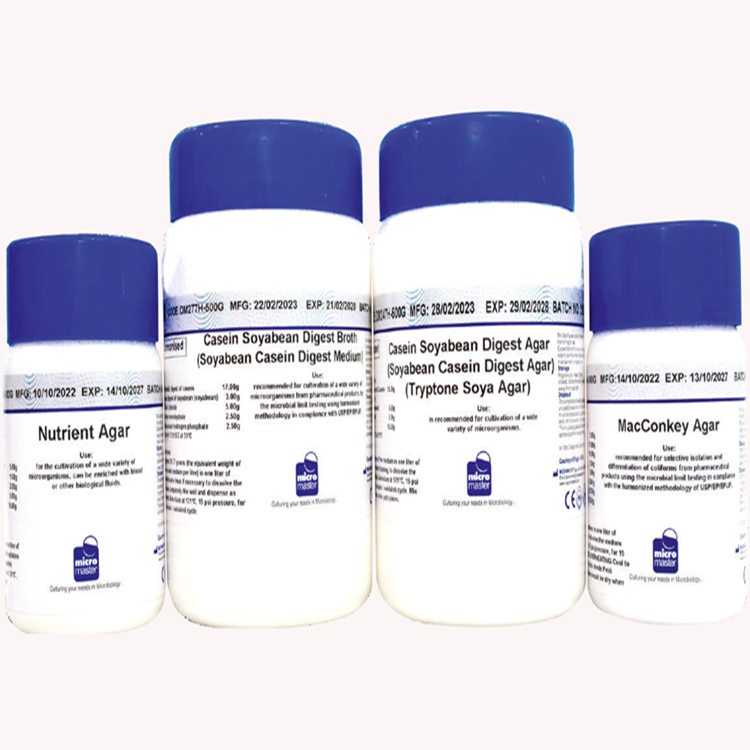

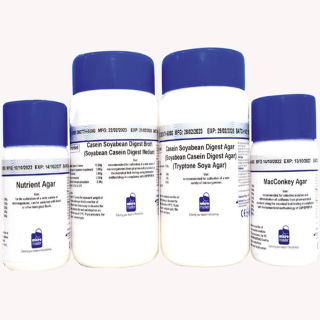

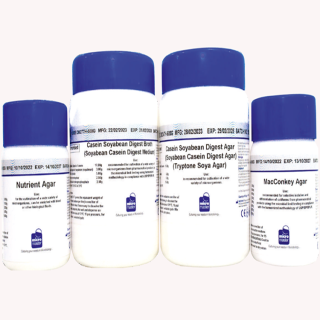
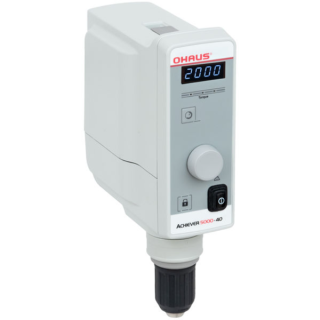
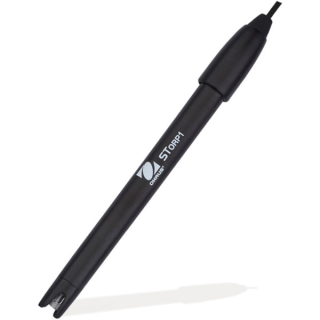
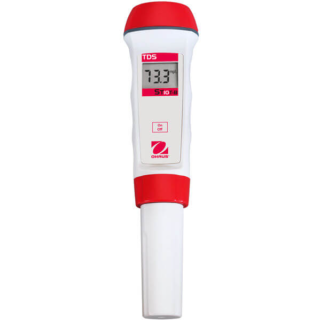
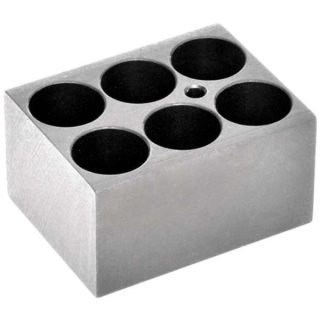
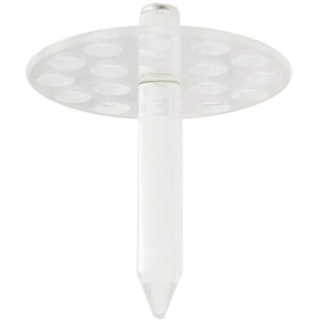





Reviews
There are no reviews yet.